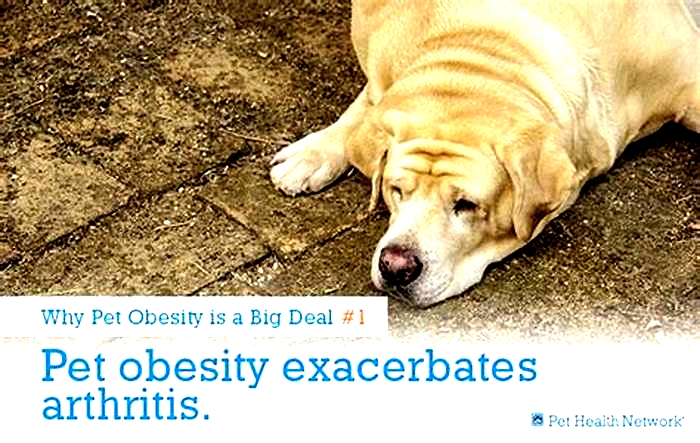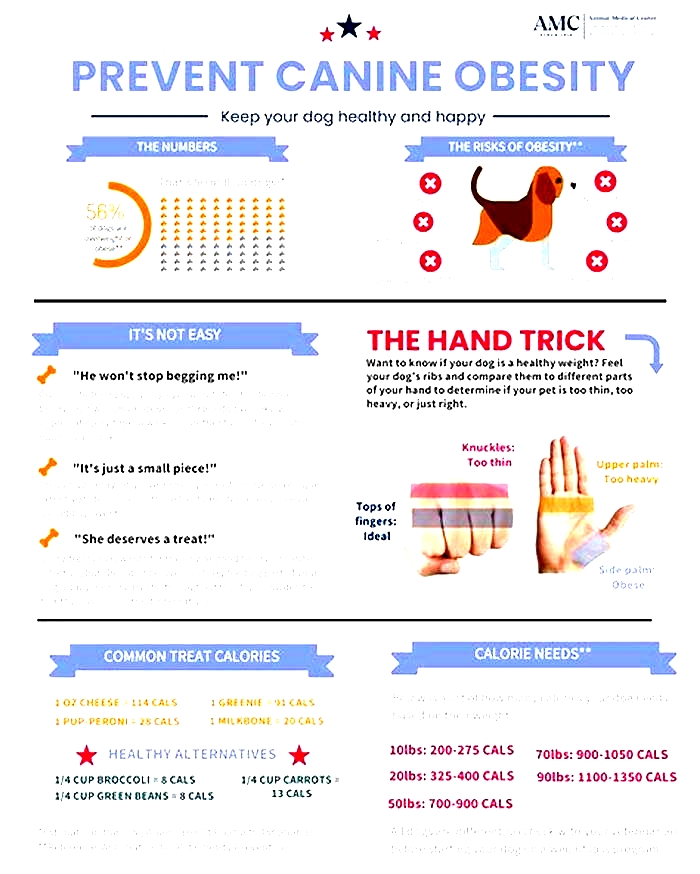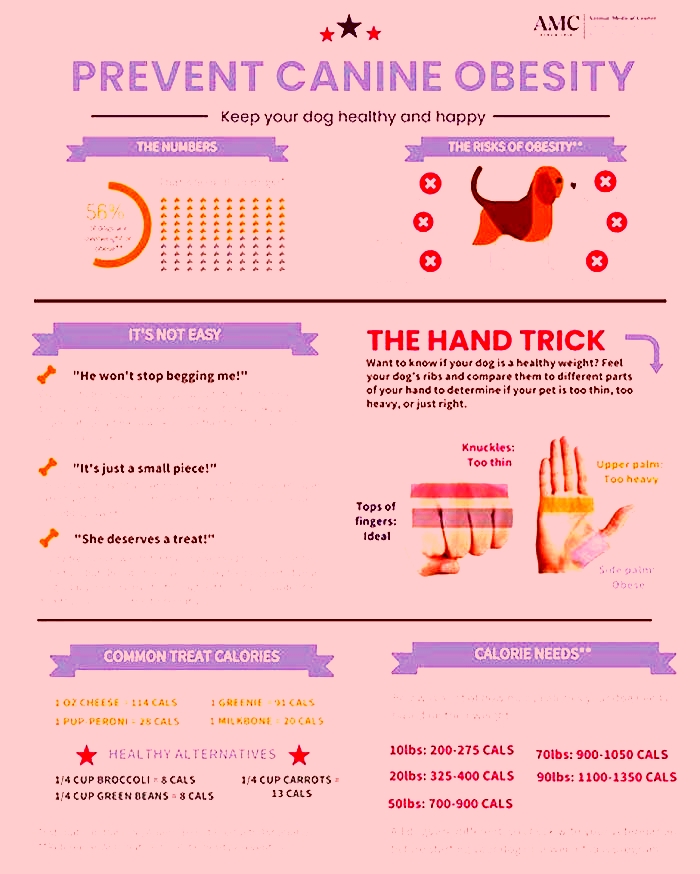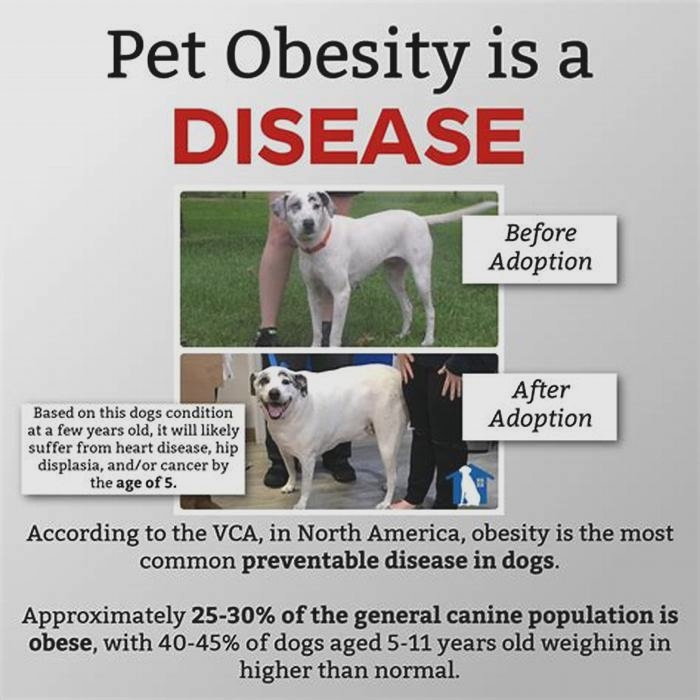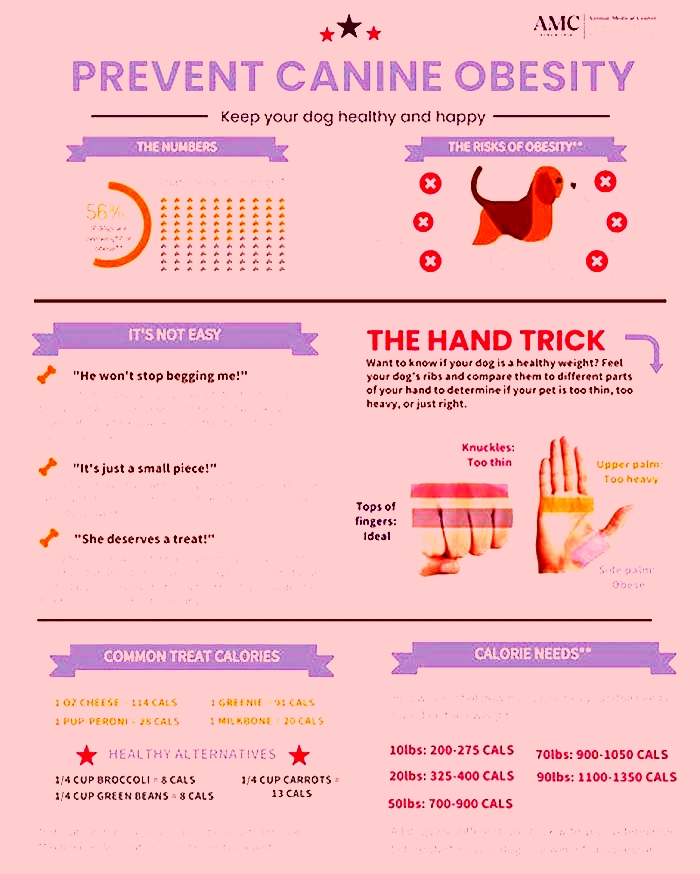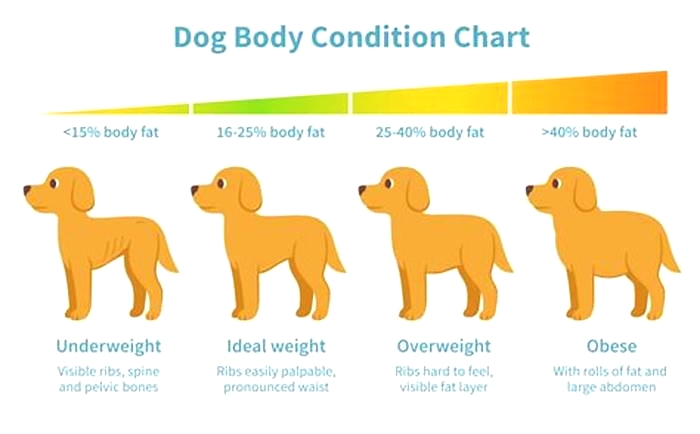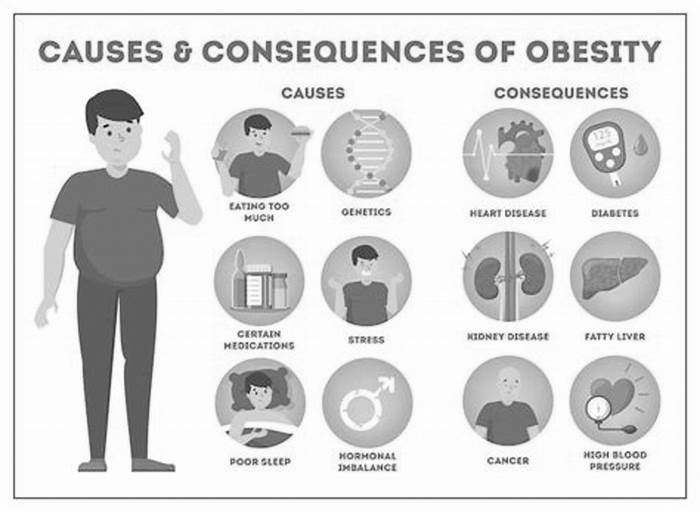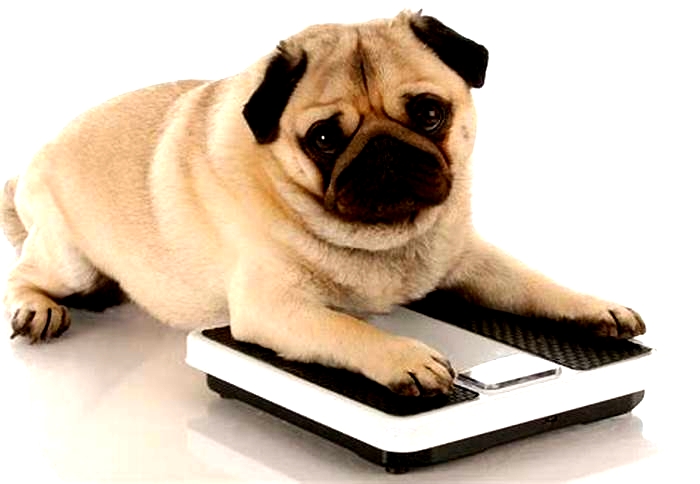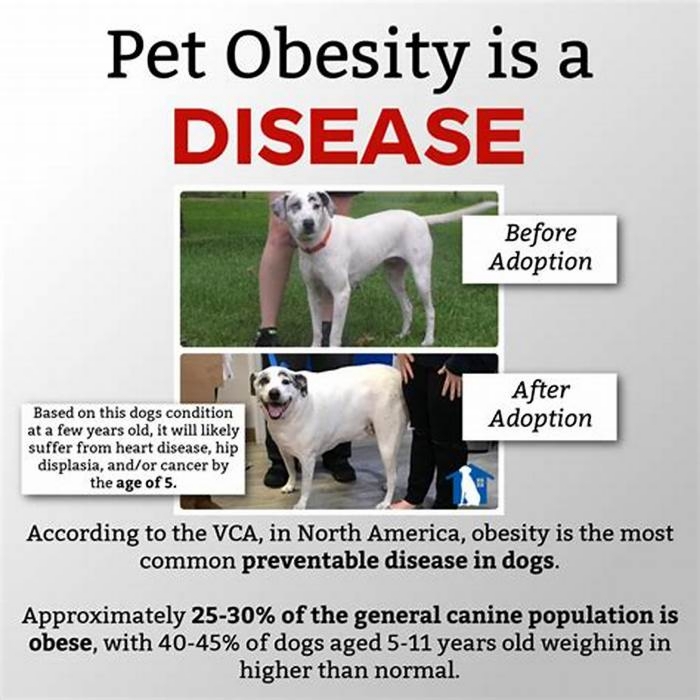How do you manage obesity in dogs
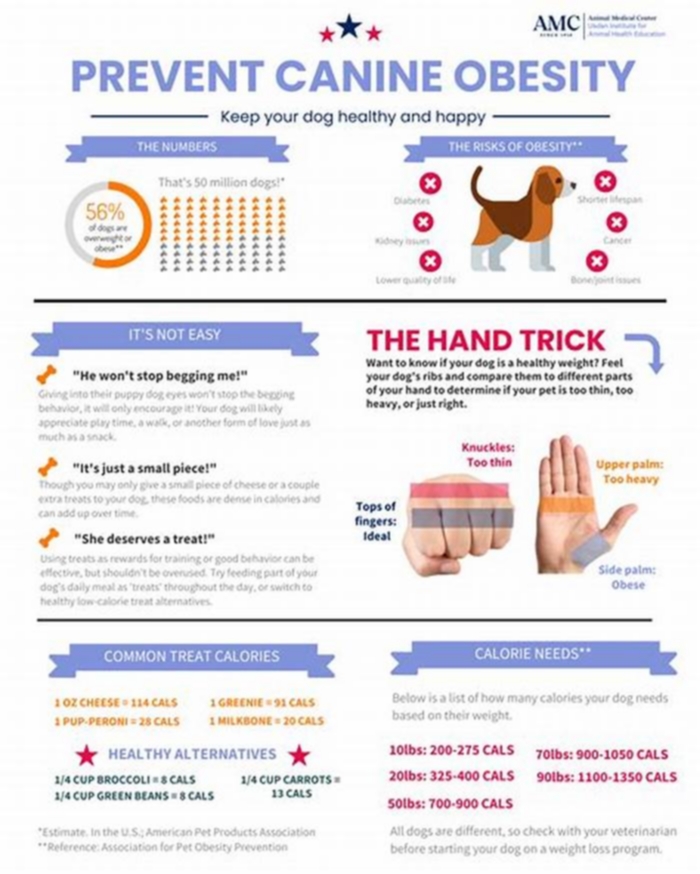
How to Help Your Dog Lose Weight
This Is a Paid Advertisement for The Farmers Dog
In the U.S., 56% of dogs are overweight or obese, and that excess weight is tied to an astonishing array of health problems. When it comes to preventing dog obesity, or even the slow creep of excess pounds, simple awarenessknowing what your dogs weight should be, and keeping on top of any fluctuationsis the first step. Just a few pounds can make a big difference.
You can seek your vets counsel on your dogs ideal weight, but a quick way to assess good canine condition at home is to ask:
- Does your dog have an hourglass shape when you stand behind them and look at them from above?
- Do they have a waist?
- Can you easily feel their ribs?
If youre answering no for all three, theres a good chance your dog needs to lose weight. Now what? Here are some vet-approved tips for helping your dog safely shed excess pounds and keeping them in good condition.
The Food Factor
For dogs, as for humans, losing weight really comes down to two things: food and exercise. And for a dog owner trying to manage or reduce their dogs weight, food is most important by far.
Weight loss begins and ends at the food bowl for dogs and cats, Ernie Ward, DVM, and founder of the Association for Pet Obesity Prevention (APOP), tells us. Weight loss for humans and dogs is 60-70% diet and 30-40% exercise.
For dog owners who have active lifestyles, its easy to overestimate the impact of physical activity on weight maintenance. So even for active dogs, its important to establish clear guidelines for daily caloric intake.
Get Specific With How Much Youre Feeding
Heres where things can go sideways. Humans may or may not choose to count calories as a guide for what theyre eating, with some opting for other methods of keeping to a healthy regime (Do my pants fit? Great!). But when it comes to the long-term management of your dogs weight, its essential to establish a concrete benchmark for how much to feed. This means determining the number of calories your dog needs every day.


Its not a good idea to rely on the feeding guidelines on the average pet food package. There are many factors that will influence your dogs dietary needs, including breed, size, activity level, and whether theyre spayed or neutered. Standard kibble-bag feeding ranges are generally too broad for your dog, and many owners end up over-feeding based on too-generous and too-vague suggested portion sizes, typically measured in cups and scoops.
The feeding guidelines on pet food packages, says Ward, are based on active adult dogs for all life stages. Spaying or neutering, for example, reduces energy requirement by 20 to 30%, he says. So, if your pet is spayed or neutered, and not particularly active, you can already be overfeeding by 20 or 30% or more.
When it comes to determining the ideal caloric intake, its important to consider a number of factors. We take a couple of things into considerationwe look at body condition score, we look at muscle condition score, we look at lifestyle, and any concurrent medical conditions, Dr. Ward says. We start by determining, OK, how many calories should you be feeding?
As a starting place, there are also many tools online to provide rough feeding guidelines based on weight and breed. You might start by consulting the guide published by the Association for Pet Obesity Prevention.
For at-home calculating, you can use the Resting Energy Requirement (RER) formula. Take your dogs weight in kilograms, multiply by 30, and add 70 (or, take their weight in pounds, divide by 2.2, multiply this figure by 30, and add 70). You can then factor in a metabolic energy requirement (MER), depending on things like health and whether theyre spayed or neutered.
Typical MER factors include:
- Weight loss1.0 x RER
- Neutered/ Spayed Adult1.6 x RER
- Intact Adult1.8. x RER
Ask your veterinarian about the MER and calculating and determining how your dog can lose weight safely. Tools like the MER multiplier table on the web provide estimates, but every dogs metabolism is different, so be sure to keep monitoring your pets weight.
You can also sign up for a fresh-food plan (like the ones offered to customers of The Farmers Dog). A plan like this makes it easy to determine the correct total caloric intake and food portions based on your dogs very specific requirements, and also makes it easy to adjust daily calories based on changing weight-management needs.
Food Quality Is Also Key
In addition to calorie counting, another important part of weight maintenance or weight loss is feeding lower-carb, whole, fresh food.
Many ultra-processed dog foods are full of carb-based fillersas Dr. Ward has noted, when you actually break down the ingredients on the label, many of them top out at over 60% or more carbohydrates. Fresh diets provide quality protein, but also the fiber and moisture that can keep your dog satisfied, without carb-y fillers.
Feeding nutrient-dense, bioavailable food will keep your dog healthy as they reduce their overall intake of food.
Treats Count, So Count Them
Another way to help your dog drop some extra weight is by controlling, and possibly reducing, their treat intake. Here, again, quality and quantity matter.
Nobody wants to deny their dog treats, as they are often helpful training aids, and its fun to see the excitement they generate. But its important to keep a close eye on how many treats your dog actually eats in a day and what their caloric impact is. Treats should be factored into, and comprise no more than, 10% of total daily calories.
Dog owners who feed their dogs healthy food, yet still feed them highly processed, high-carb, high-calorie treats, are potentially missing a big source of weight gain and health issues. And if you feed your dog too many treats (more than 10% of their daily intake of food), you can undo the benefits of the balanced diet youre feeding.
Many vets recommend using single-ingredient treats like fresh veggies and fruit. Baby carrots, celery, broccoli, green beans, cucumbers, blueberries, apples, and bananas all make healthy treats and, unlike mystery-meat treats, can contribute to your dogs health (use apple and banana in smaller amounts due to higher sugar content).
As for peanut butter, make sure its truly a special (rare) treat, and doled out in limited amounts; this dogand humanfavorite has a hefty 100 calories per tablespoon. Also, ensure that the peanut butter youre using doesnt contain Xylitol, which is toxic to dogs. For a lighter, and perhaps better, substitute, try plain canned pumpkin, which weighs in at just five calories per tablespoon.
Its also worth stepping back and considering why youre giving your dog treats. Our bond with our dogs is so special, and every dog owner wants to see the happy excitement a treat brings. But you can get that joyful response with healthy treats, or with smaller portions. I typically tell owners that dogs get the same enjoyment, and you can get the same reaction, from a small piece of a treat as you can from the whole thing or a handful, says Alex Schechter, DVM. There are many ways to show love and bond with your pet. It doesnt have to be all about food.
Safely Increase Exercise
Food is key, but no weight loss plan, or health maintenance plan, is complete without exercise. The most obvious, and important, activity for your dog is walking. Regular walks dont just exercise your dogs body; they provide crucial mental stimulation and that all-important opportunity to sniff. The amount of walking your dog needs, or wants, depends on their breed and general health. But while conventional wisdom says that some dogs need less exercise than others, all dogs need to move.
While the recommended minimum of daily exercise is 20 minutes, twice a day, many dogs will need much more. For many breeds, an hour of exercise a day is a good target. If your dog needs to lose weight, try to increase the amount of exercise they currently do. So, if thats none, or barely any, start with short intervals of walking. If youre already exercising, try lengthening your walk or other activity by 10-20%.
Ask your vet about the best types of activities based on your pets breed, age, gender, and current physical condition. Introduce new activities slowly to avoid injury. And, unless your dog has been trained for or slowly introduced to these kinds of activities, leave the extreme sports to your own weekend hourstoo-vigorous, or repetitive activity can put your dog at risk of joint problems. Also, keep weather conditionslike high sunin mind if your activities are outdoors. The sun creates the potential for heat stroke and burnt paw pads.
Rule Out a Medical Condition
If youve established and are staying within caloric boundaries and youre still not having any luck helping your dog lose weight, a visit to the vet could be in order to rule out a medical condition. Weight gain and lethargy can be symptoms of conditions like hypothyroidism and Cushings syndrome. The latter, also known as hyperadrenocorticism, usually occurs in older dogs, and can also cause frequent urination, hair loss, and weakness.
Weight Loss (and Maintenance) Is a Long Game
If you determine that youre overfeeding, work with your veterinarian to create a weight-loss schedule based on the appropriate calories so that your dog doesnt lose weight too fast, which is unhealthy.
Overall, the best weight management strategy is to develop good habits that are applied, consistently, long-term.
People (humans) want to rush weight loss, says Dr. Ward. Thirty days to bikini season! But this is a long process. Its years of making small decisions that help. When youre deciding on sharing your pizza crust with your Pomeranian, if you do it once, OK. But if you do it once a week for five years, thats a problem.
This article was vetted by a vet. Reviewed by Alex Schechter, DVM, founding veterinarian atBurrwood Veterinary.He was previously founding veterinarian atPure Paws Veterinary Care.
Diving into Canine Obesity: Causes, Risks, and Management
Obesity in dogs is a serious condition characterized by a substantial surplus of body weight or an extreme amount of body fat. This situation arises when a dogs calorie intake persistently surpasses its energy usage, leading to weight accumulation. Obesity doesnt discriminate; it can afflict Yorkshire Terriers or any other breed, dogs of all sizes, and young or old dogs. It is signified by the build-up of fat deposits throughout the body, giving dogs an overweight or obese appearance.
The impact of obesity on a dogs overall health and well-being can be severely detrimental. It can induce many health complications, such as joint disorders like osteoarthritis, compromised mobility, respiratory troubles, and amplified risk of particular diseases. Moreover, obesity can curtail a dogs life span. Obese dogs may also witness dwindling energy levels, diminished capacity to exercise, and an overall reduction in life quality. This stark contrast to the vitality of lean dogs highlights the importance of addressing and managing canine obesity. Preventing these adverse effects is essential to foster their overall health and prolong their lifespan.
The Consequences of Obesity in Dogs
Obesity in dogs is linked to various health problems and can significantly decrease a dogs quality of life and life expectancy. Risks associated with obesity include:
- Diabetes: Obese dogs are more likely to develop insulin resistance leading to diabetes.
- Heart Disease: Extra weight strains the heart, leading to heart disease and increased blood pressure.
- Arthritis and Joint Problems: Excess weight can put undue stress on a dogs joints, potentially leading to arthritis and other mobility problems.
- Breathing Difficulties: Obese dogs may develop breathing issues and be more prone to heat intolerance.
- Liver Disease: Fat accumulation can lead to liver dysfunction, known as hepatic lipidosis.
- Decreased Immune Function: Obesity can affect a dogs immune system, making them more susceptible to infections.
- Increased Surgical and Anesthetic Risk: Obese dogs are at higher risk during anesthesia and are more likely to have complications during surgery.
- Skin Problems: Folds and creases in the skin of overweight dogs can create an environment for bacterial growth, leading to infections and dermatitis.
- Reduced Lifespan: Studies have shown that obese dogs have a shorter lifespan than their lean counterparts.
- Decreased Quality of Life: Obesity can limit a dogs physical activity and enjoyment of life. It can also contribute to the development of behavioral problems.
Pet owners must maintain regular veterinary check-ups and follow appropriate dietary and exercise regimens to help prevent obesity in their pets.
Causes of Obesity in Dogs
Obesity in dogs often results from a mix of excessive consumption and inadequate physical activity. However, a worrying trend reveals that 25-30 percent of the overall canine population is considered obese, rising to 40-45 percent in dogs aged five to 11. These alarming rates can stem from a pet owners overindulgence, lack of portion control, or offering their dog high-calorie treats or human food. Weight gain ensues when a dog ingests more calories than it burns for energy. Certain dog breeds also have a higher predisposition to weight gain, indicating that genetics may play a part.
Alongside overeating, insufficient exercise is a key culprit contributing to obesity within the canine population. Many dogs dont receive the requisite amount of physical activity needed to offset the calories they consume. This holds particularly true for dogs residing in urban environments, where opportunities for running and playing might be restricted. Age also comes into play as older dogs are generally less active and more susceptible to weight gain. Other factors contributing to canine obesity include underlying health conditions such as hypothyroidism and Cushings disease, which can lead to weight gain.
For pet owners concerned about their dogs weight, obtaining a body condition score using a specific scoring system can be beneficial. This tool helps owners evaluate if their dogs may be considered obese, and its a critical step in managing their pets weight and overall health. Through understanding the causes and effects of obesity, pet owners may make informed decisions on their dogs diet and exercise regimes, helping their pets maintain a healthy weight. In addition, neutering your pet may also influence weight, and adjusting their diet accordingly post-surgery is important.
How Do You Know If Your Dog is Obese?
Determining if your dog is obese involves a combination of visual evaluations and physical examinations. Here are some guidelines to help discern if your dog might be dealing with obesity, an increasingly prevalent issue in pets:
- Visual Evaluation: Begin by observing your dog from an overhead perspective. Dogs within a healthy weight range should present an hourglass silhouette, denoting that their abdomen is slimmer than their chest and hips. Conversely, an obese dog may exhibit a broad and flat back, similar to a tabletop, indicating a potential overweight status.
- Feeling for Ribs: Gently place your hands on the flanks of your dogs torso. If your dogs ribs are challenging to detect under its coat, your pet might be carrying excess fat, which can cause serious health problems.
- Inspect for Abdominal Tuck: From a side viewpoint, your dog should exhibit a discernible abdominal tuck or an upward slope of the belly; an obese dog may have a minimal or non-existent abdominal tuck.
- Backbone and Hip Bones: While these bones should not be visually prominent, you should be able to palpate these bones beneath your dogs fur. If you cannot detect them through touch, its a warning sign that your dog might be obese.
- Consult a Veterinarian: If you find it challenging to make a definitive judgment regarding your dogs weight, its advisable to consult a veterinarian. They can precisely assess the health effects of your dogs current weight and guide a suitable diet and exercise plan to effectively manage your dogs weight and overall health. Through these steps, you can actively prevent and mitigate the adverse health effects of obesity in your dog.
Diagnosis of Dog Obesity
Establishing a diagnosis of obesity in dogs necessitates a comprehensive approach, as mere weight measurement can be misleading due to differences in body composition among breeds. Veterinarians typically employ the following methods for a detailed assessment.
- Assessing Body Weight This is the most straightforward initial step in diagnosing obesity. The vet measures and juxtaposes the dogs weight with the optimal weight range specified for the particular breed and age. However, a dogs weight alone is not enough to determine if obesity is a serious concern.
- Employing Body Condition Score (BCS) The BCS is a hands-on and visual assessment of a dogs body fat and muscle mass distribution. The scoring system ranges from 1 to 9, with one indicating emaciation, 4-5 considered ideal, and nine indicating obesity. Additionally, the vet will scrutinize your dogs overall silhouette, rib coverage, waist, and the presence of an abdominal tuck.
- Executing Body Fat Index Measurement This is a highly accurate method, typically necessitating advanced tools such as a DEXA (Dual Energy X-ray Absorptiometry) scan to quantify body fat percentage correctly.
- Conducting a Health Assessment This involves an appraisal of the dogs overall health, focusing on aspects like mobility, respiratory functions, and any pre-existing health conditions that may be affected by weight.
- Reviewing History The vet will examine the dogs dietary habits, including the type of food, feeding quantity, meal frequency, and the dogs level of physical activity.
Post these comprehensive evaluations, if a dog is determined to exceed its ideal body weight and registers a high Body Condition Score, it might be diagnosed as overweight or obese. This process is how obesity is diagnosed by measuring various aspects, underlining that obesity is a serious condition that can impact overweight pets severely.
Treatment of Obesity in Dogs
Treatment strategies for overweight dogs are typically individualized, factoring in age, breed, weight, health status, activity levels, surroundings, nutrition, and lifestyle. The most widely recommended treatments incorporate the following:
Nutritional Modification
Adjustments to a dogs diet form a pivotal part of the strategy for weight reduction. Pet nutrition experts or veterinary internal medicine specialists often advise a diet lower in calories but abundant in fiber and protein, keeping fat content minimal. This dietary balance assists the dog in feeling full, even while consuming fewer calories. Controlled portion sizes and limited treat offerings are commonly recommended. Additionally, a slow transition from the usual dog food to one specifically designed for weight loss may be suggested.
Physical Activity
Exercise is a key component in a weight loss program as it promotes higher energy expenditure and consequently aids in weight reduction. Vets often design a customized activity schedule tailored to the dogs physical state and capabilities. For example, it may begin with brief, mild walks, slowly increasing in distance and intensity over time. Incorporating playtime is also an effective and enjoyable way to get dogs moving more. Maintaining a healthy body weight for your dog is important.
Behavioral Modifications
To combat obesity, vets may advise behavioral adjustments. These could include separate feeding schedules for pets to prevent food snatching, removing food after a designated time to discourage constant grazing, and using puzzle toys to slow down the pace of eating. In addition, behavioral adaptations can help substitute unhealthy food-related behaviors with more beneficial activities.
Consistent Monitoring and Modifications
Consistent weight checks and body condition scoring are integral to an obesity management plan. This process enables vets to monitor the dogs progress and modify the diet or activity schedule. Depending on the progression of weight loss, vets may either increase or decrease calorie consumption or adjust the intensity or duration of exercise to ensure optimal weight loss.
Addressing Underlying Health Concerns
If the dogs obesity stems from an underlying health issue like hypothyroidism or Cushings disease, managing this condition becomes a critical aspect of the treatment plan. Treatments may involve medication, surgery, or alternative interventions depending on the specific ailment. Addressing these underlying problems can tackle one of the primary causes of the dogs weight issue, rendering other elements of the treatment plan more effective.
Remember, each dogs needs are unique, and strategies that work for one might not be successful for another. Therefore, its essential to approach weight loss gradually and consistently, maintaining healthy body weight as a long-term goal. Involving a vet ensures that the weight loss program is safe and achieves successful weight loss.
How Can I Adjust My Dogs Meals to Help Him Lose Some Weight?
Preventing obesity in your dog necessitates calculated alterations to their feeding routine. As a dog owner committed to pet obesity prevention, you should initially consult your vet to determine your dogs applicable daily calorie requirement, considering attributes such as breed, age, and current weight. Next, transition to dog food that is low in calories but abundant in high-quality nutrients. Dog food high in protein and fiber can help your dog feel full and satisfied. Furthermore, establish a routine where your dog receives meals with measured portions at set times rather than unrestricted access to food, which can better manage their calorie consumption.
Treats, while enjoyable for your pet, can be a significant contributor to obesity, so their intake should be moderated and low-calorie options considered. Treats should constitute at most 10% of your dogs daily calorie intake. Fruits and vegetables can act as healthier snack alternatives, but avoid potentially toxic ones like onions, grapes, and raisins. Keeping your dog well-hydrated is also vital, as water not only aids in digestion but can also assist in controlling hunger.
If your dog eats too quickly, consider using a slow feeder bowl to regulate their eating speed. Always remember that any major dietary changes should be deliberated with your vet for tailored advice and continuous monitoring in the name of obesity prevention.

